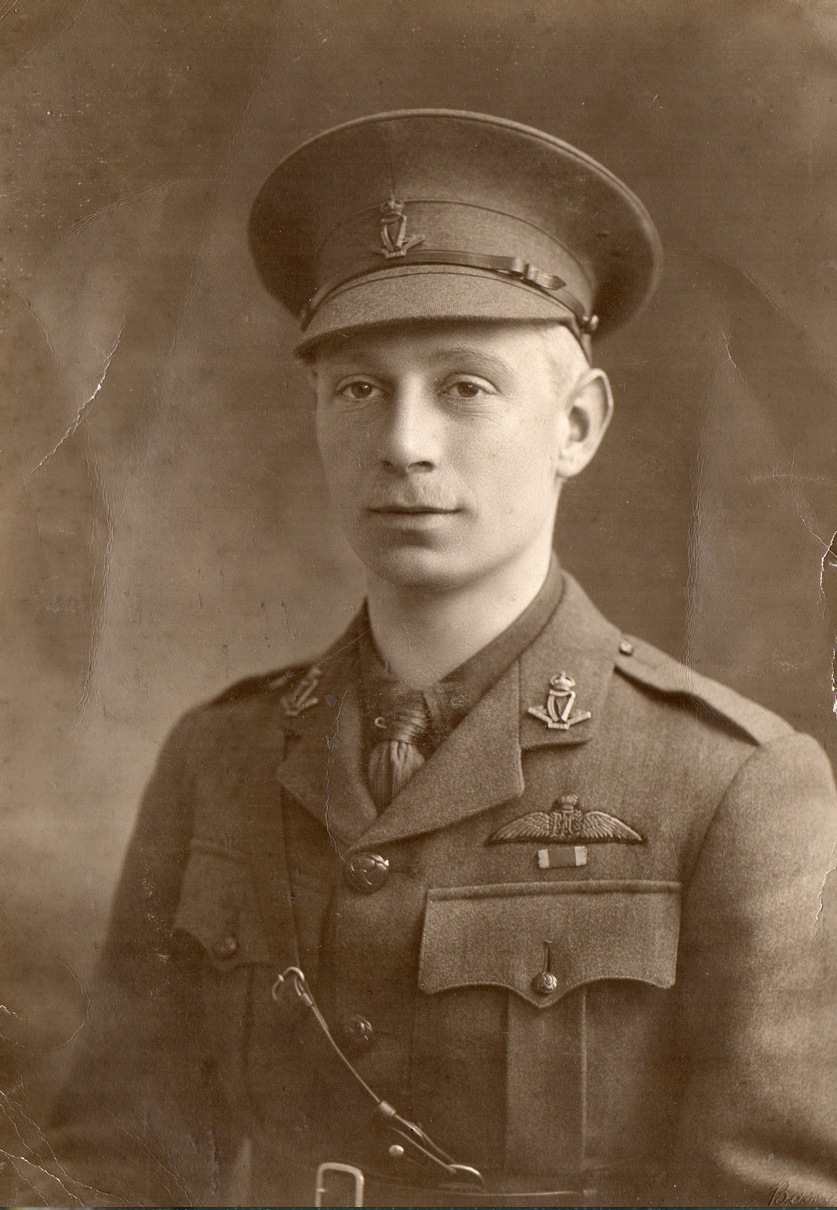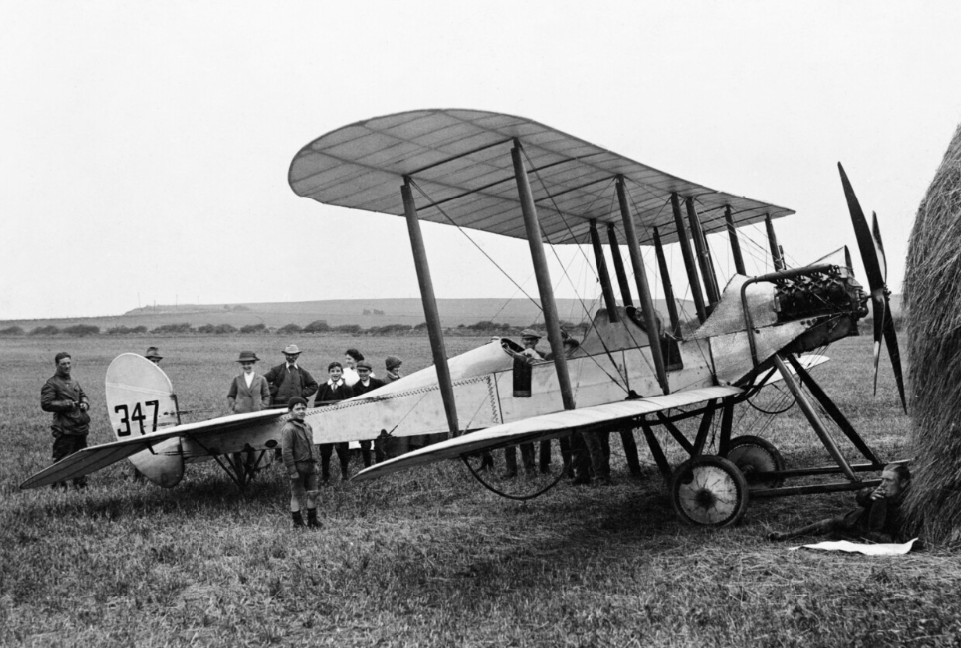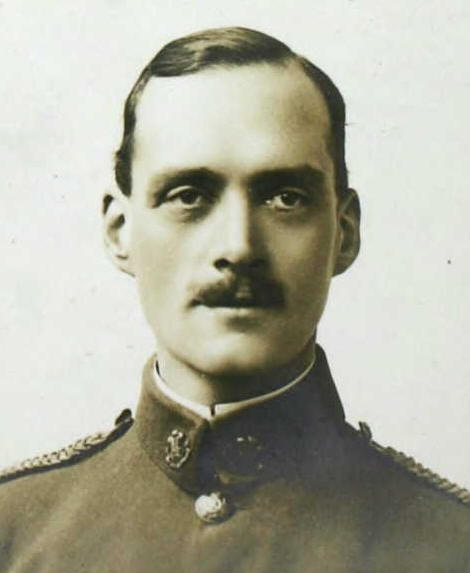
22 November 1913: Captain Charles Alexander Holcombe Longcroft, Welsh Regiment, British Army, attached to No. 2 Squadron, Royal Flying Corps, as a flight commander, flies a Royal Aircraft Factory B.E.2.a from Montrose, Scotland, non-stop to Farnborough, Hampshire, England. The distance covered was approximately 630 miles (1,014 kilometers).¹
Captain Longcroft, accompanied by Colonel Frederick Hugh Sykes, Commandant of the Military Wing, departed Montrose Aerodrome at 8:55 a.m., flying B.E.2.a number 218. He passed York at 11:55 a.m., then continued on to Portsmouth, and next to Farnborough, where he landed at 4:10 p.m. The total duration of the flight was 7 hours, 15 minutes, at an average speed of approximately 86.9 miles per hour (139.9 kilometers per hour).
At the time, British newspapers speculated as to whether Captain Longcroft had established a new world record (or at least, a British national record), but the Fédération Aéronautique Internationale does not recognize any records attributed to Longcroft. On 13 October 1913, Auguste Seguin of France had established an FAI world record for distance of 1021,20 kilometers (634.54 statute miles) at Korobcheevo, Russia.²
For this flight, Captain Longcroft was awarded the first Britannia Trophy of the Royal Aero Club of Great Britain.
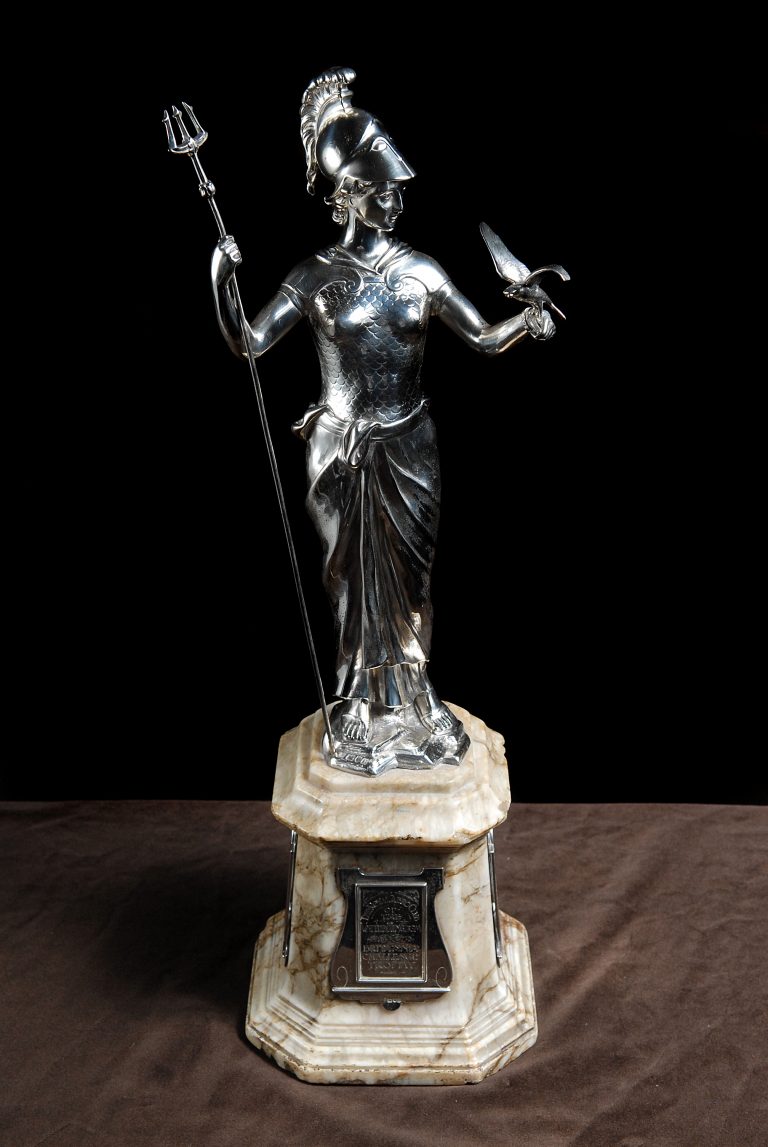
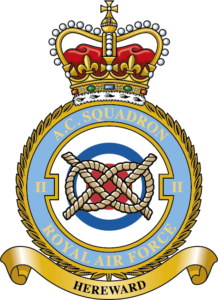 Number 2 Squadron is the most senior of all Royal Air Force squadrons, having been founded at Farnborough, Hampshire, England, 13 May 1912. At the time the squadron was also known as No. II (Army Co-operation) Squadron.
Number 2 Squadron is the most senior of all Royal Air Force squadrons, having been founded at Farnborough, Hampshire, England, 13 May 1912. At the time the squadron was also known as No. II (Army Co-operation) Squadron.
Montrose Aerodrome, now known as RAF Montrose, was the first of twelve planned stations for the Royal Flying Corps. It was originally located at Upper Dysart Farm in Forfarshire, on the eastern shoreline of Scotland.
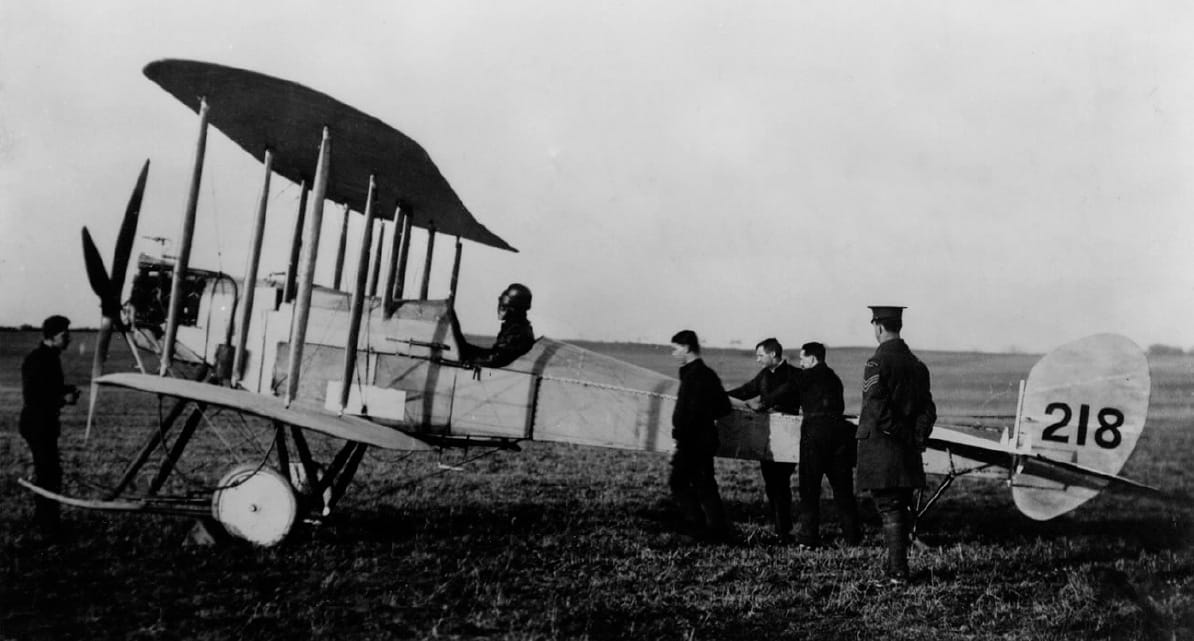
Captain Longcroft’s B.E.2.a., number 218, was built by British & Colonial Aeroplane Company (later, Bristol) at Filton, South Goucestershire, under order number A1147. It was delivered to the R.F.C. on 2 November 2013.
The B.E.2.a was slightly modified with the addition of a windscreen and a fuel tank with a capacity of 54 Imperial gallons (245 liters), “and special oiling arrangements.”
The Royal Aircraft Factory B.E.2.a (which stands for Blériot Experimental, meaning that it was a tractor-type airplane, which had been developed by Louis Blériot) was designed by Geoffrey de Havilland. It was a two-place, single-engine, two-bay biplane which was used as a trainer, reconnaissance aircraft, artillery spotter or bomber. An observer occupied the forward cockpit and the pilot was aft.
The fuselage was constructed of a wooden framework, cross-braced with wires. The wings had wood spars and ribs. The airframe was covered in doped fabric. The B.E.2.a used wing-warping for roll control.This would be changed to ailerons for the B.E.2.b.
The wings of the 2.a and 2.b were straight with no dihedral. Both upper and lower wings had the same span and chord, and were not staggered. (The B.E.2.c added both dihedral and stagger.) The lower wing spars were connected through the fuselage with steel tubing. The landing gear had both wheels and tires, but also wood-covered steel tube skids extending forward to protect the propeller from contacting the ground.
The B.E.2.a–2.b was 29 feet, 6½ inches (9.004 meters) long with a wingspan of 38 feet, 7½ inches (11.773 meters). The wings’ chord was 6 feet, 4 inches (1.930 meters). It had an empty weight of 1,274 pounds (578 kilograms) and gross weight of 1,600 pounds (726 kilograms).
The B.E.2, B.E.2.a and B.E.2.b were powered by an air-cooled, normally-aspirated 6.949 liter (424.036 cubic inch) Renault Type WB side-valve 90° V-8 engine with two valves per cylinder and a compression ratio of 4.12:1. The WB was rated at 70 horsepower at 1,750 r.p.m. The engine drove a four-bladed, fixed-pitch wooden propeller at one-half crankshaft speed. The Renault WB was 3 feet, 9.5 inches (1.556 meters) long, 2 feet, 8.8 inches (0.833 meters) high and 2 feet, 5.8 inches (0.757 meters) wide. It weighed 396 pounds (180 kilograms).
The airplane had a maximum speed of 70 miles per hour (113 kilometers per hour) at Sea Level and 65 miles per hour (105 kilometers per hour) at 6,500 feet (1,981 meters). It could climb to 3,000 feet (914 meters) in 9 minutes and to 7,000 feet (2,134 meters) in 35 minutes. The service ceiling was 10,000 feet (3,048 meters). Maximum endurance was 3 hours.
Although designed by the Royal Aircraft Factory, Farnborough, only 6 B.E.2s were built there. The remainder were built by Armstong Whitworth, British and Colonial Airplane Co., Coventry Ordnance Works, Handley Page, Hewlett and Blondeau, and Vickers.
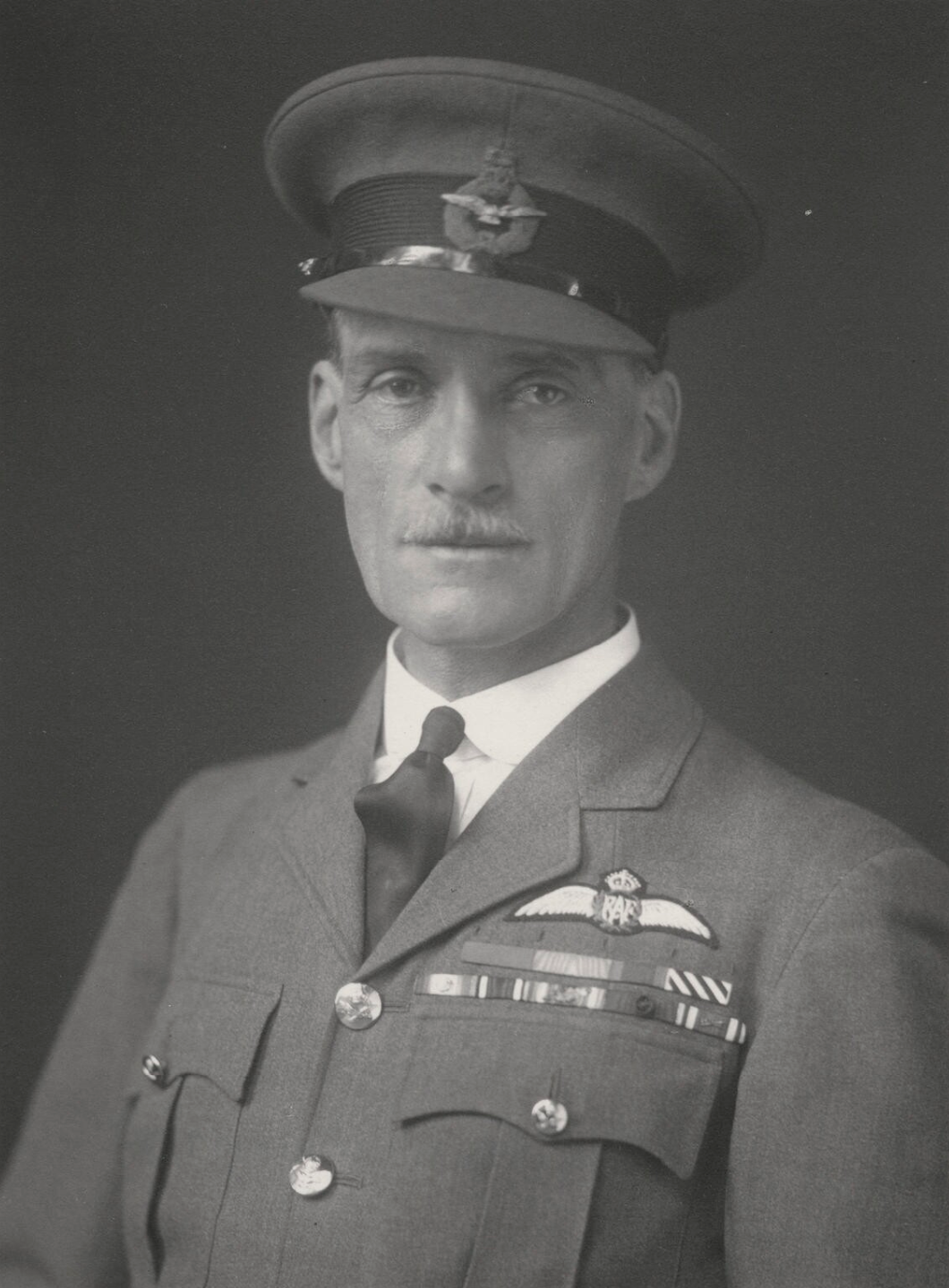
Air Vice-Marshal Sir Charles Alexander Holcombe Longcroft, K.C.B., C.M.G., D.S.O., A.F.C., Royal Air Force, was born Llanarth, Cardiganshire, Wales, 13 May 1883. He was the third of four children of Charles Edward Longcroft and Catherine Alicia Holcombe Longcroft. Charles was educated at Charterhouse, a private boarding school (for some incomprehensible reason, known in England as a “public school”) in Goldalming, Surrey, England. He then attended the Royal Military Academy Sandhurst.
C.A.H. Longcroft was commissioned as a second lieutenant in the Welsh Regiment of the British Army, 2 May 1903. From 1904 to 1906, he served in India. Returning to the United Kingdom, he was promoted to the rank of lieutenant, 13 December 1906. He then deployed to South Africa until 1909.
On 5 March 1912, Lieutenant Longcroft was issued an aviator’s certificate (H192) by the Royal Aero Club of the United Kingdom.
After volunteering, on 10 April 1912 Lieutenant Longcroft was assigned to the Air Battalion, Royal Engineers. The unit operated lighter-than-air craft. The following month, 13 May 1912, he was “seconded” (temporarily transferred for duties outside of his normal unit) to the newly established Royal Flying Corps. On 1 July 1912, Lieutenant Longcroft was appointed a Flying Officer, R.F.C. On 20 November 1912, he was assigned as a flight commander, No. 2 Squadron, at Farnborough and Montrose. On that same day, he was promoted to the temporary rank of captain. That rank became permanent 13 August 1913.
Captain Longcroft was promoted to the temporary rank of major, 1 May 1914, and assigned as the commanding officer No. 1 Squadron at Farnborough, which, after the start of World War I, served on the Western Front. His new rank became permanent two months later (22 June). On 19 October 1914, Longcroft was Mentioned in Dispatches.
Major Longcroft became the commanding officer of No. 4 Squadron 29 January 1915. On 18 August 1915 he was promoted to the temporary rank of lieutenant-colonel. He was reassigned to command the Training Wing.
The Imperial House of Romanov (the reigning house of Imperial Russia) awarded Major Longcroft the Order of St. Staninslas (Орденъ Св. Станислава), 3rd Class with Swords, 25 August 1915.
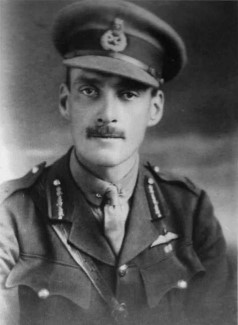
On 28 August 1916, Colonel Longcourt was promoted to the temporary rank of brigadier-general. He was placed in command of 2nd (Corps) Wing, R.F.C. (His permanent rank of lieutenant-colonel was effective 1 January 1917.) Next, on 18 October 1917, Longcroft was promoted to temporary major-general. He was next assigned as General Officer Commanding, Training Division.
France appointed him an Officier de la Ordre national de la Légion d’honneur in 1917.
On 1 April 1918, the Royal Flying Corps and Royal Naval Air Service were combined to form the Royal Air Force (R.A.F.). Major-General Longcroft was transferred from the British Army to the R.A.F. and attached to III Brigade. While retaining that temporary rank, his permanent rank of lieutenant-colonel was confirmed and he was immediately promoted to the permanent rank of colonel. On 29 April, he was advanced once again to the temporary rank of brigadier-general, and assigned as General Officer Commanding, III Brigade.
In the New Year’s Honours List, 1 January 1918, Brigadier-General Longcroft was awarded the Distinguished Service Order (D.S.O.) for service under fire.
For his service during World War I, Brigadier-General Longcroft was awarded the Distinguished Service Order; the Air Force Cross; the 1914 Star with Clasp; the British War Medal, and the Victory Medal. He was also appointed a Companion of the Most Distinguished Order of St. Michael and St. George (C.M.G.) by King George V.
On 1 May 1919, Temporary Brigadier-General Longcroft was promoted to the rank of acting brigadier-general.
The new R.A.F. changed to a new system of officer ranks. On 1 August 1919, Longcroft resigned his commission in the Welsh Brigade to accept a commission in the R.A.F. Acting Brigadier-General Longcroft became Group Captain Longcroft. Four days later, 5 August, he was promoted to Air Commodore.

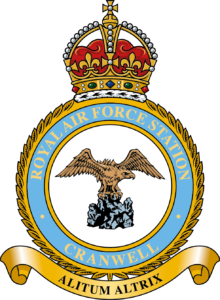 Air Commodore Longroft became the first commandant of the newly established R.A.F. College at Cranwell. The first cadets arrived 5 February 1920. His command consisted of 56 officers, 516 airmen, 200 cadets, 1 headmaster and 8 schoolmasters.
Air Commodore Longroft became the first commandant of the newly established R.A.F. College at Cranwell. The first cadets arrived 5 February 1920. His command consisted of 56 officers, 516 airmen, 200 cadets, 1 headmaster and 8 schoolmasters.
Air Commodore Longcroft married Mrs. William Duncan Hepburn (née Marjory McKerrell-Brown) at St. Paul’s Church, Portman Square, London, 27 April 1921. The ceremony was officiated by Squadron Leader the Reverend Bernard William Keymer, O.B.E., R.A.F. Mrs. Hepburn was the widow of Captain W. D. Hepburn, Seaforth Highlanders, British Army. The Longcrofts would have a son, Charles McKerrell Longcroft, born in 1926. (Squadron Leader Keymer was one of the first chaplains at RAF Cranwell, and is credited with creating the school’s motto, Superna Petimus—”We seek things that are above.”)
King George V appointed Air Commodore Charles Alexander Holcombe Longcroft, C.M.G., D.S.O., A.F.C., Royal Air Force, to be an Ordinary Member of the Military Division of the Third Class, of the Most Honourable Order of the Bath (C.B.), 2 June 1923.³
On 9 October 1923, Air-Commodore Longcroft was placed on the Half-Pay List. Shortly after, 10 December, he was appointed Director of Personal Services.
Air Commodore Longcroft was advanced to the rank of air vice-marshal, 1 July 1925.
On 1 November 1926, Air Vice-Marshal Longcroft became Air Officer Commanding, Inland Area.
Longcroft retired from the Royal Air Force at his own request, 2 November 1929.
On 15 November 1932, King George V appointed Air Vice-Marshal Longcroft, C.B., C.M.G., D.S.O., A.F.C. (retired) to be Gentleman Usher of the Scarlet Rod of the Most Honourable Order of the Bath.³ In 1948, he became Secretary and Registrar of the Order.⁴
On 9 June 1938, King George VI invested him Knight Commander of the Military Division of the Most Honourable Order of the Bath (K.C.B.).
Air Vice Marshal Sir Charles Alexander Holcombe Longcroft, K.C.B., C.M.G., D.S.O., A.F.C., Royal Air Force, died 20 February 1958 at London. He was 74 years of age.
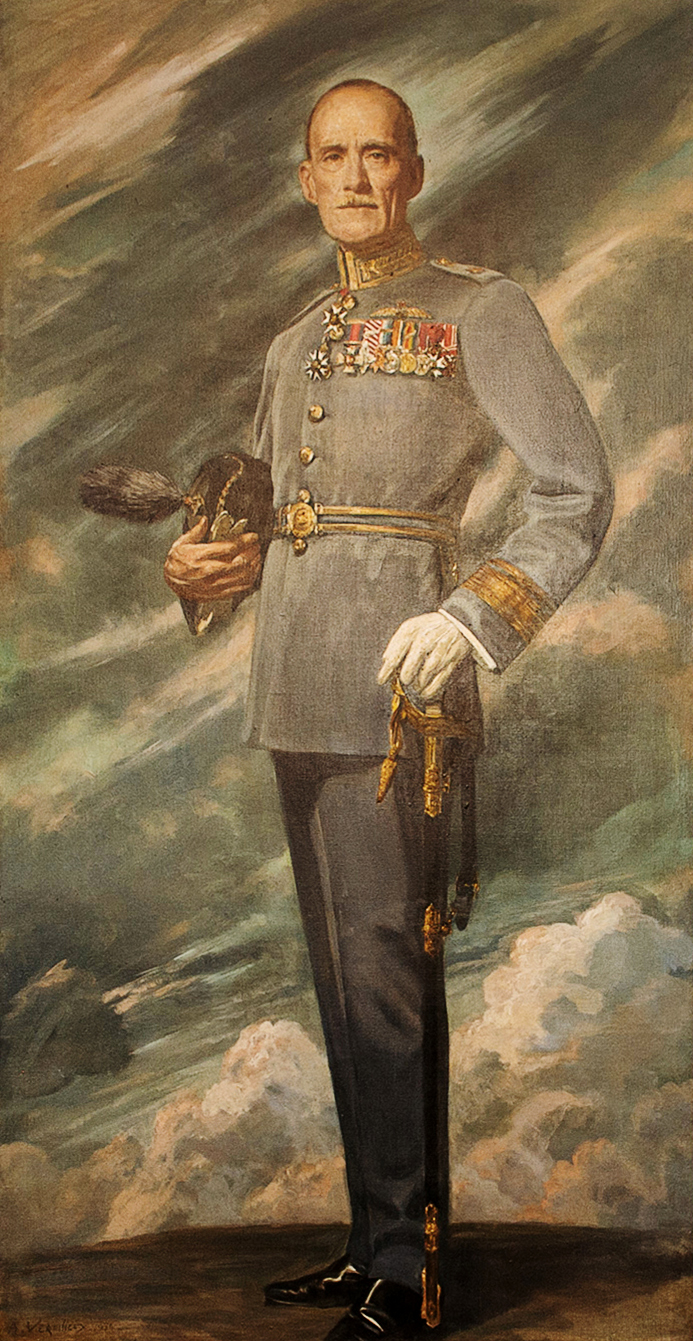
¹ Lincolnshire Echo, No. 6431, Monday, 24 November 1913, Page 3, Column 5. Some sources state the distance was 445 miles (716 kilometers) in 7 hours, 20 minutes.
² FAI Record File Number 15378
³ Supplement 32830 to the London Gazette, 2 June 1923, Page 3945
⁴ Supplement 33883 of the London Gazette, 15 November 1932 at Page 7260.
© 2023, Bryan R. Swopes
